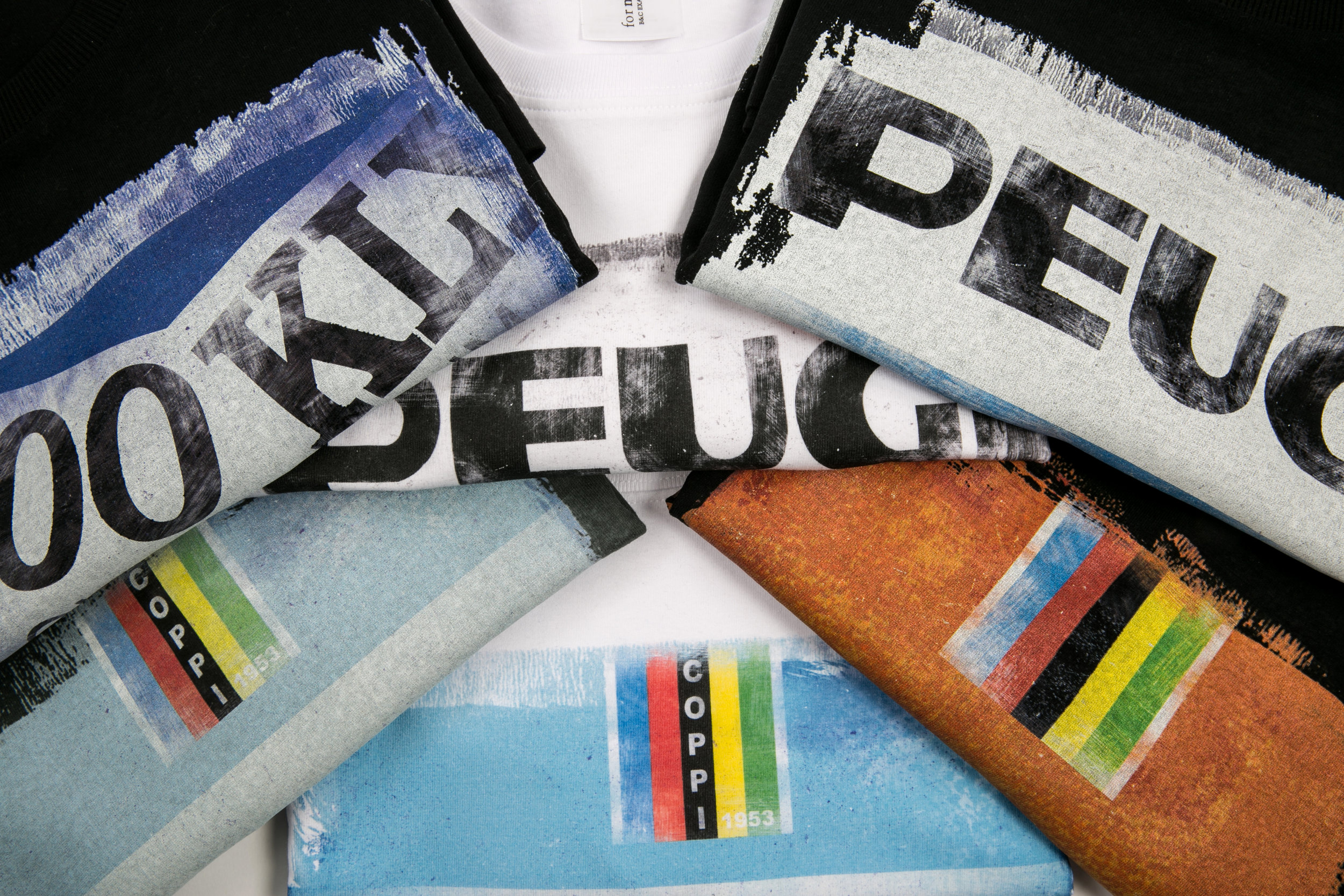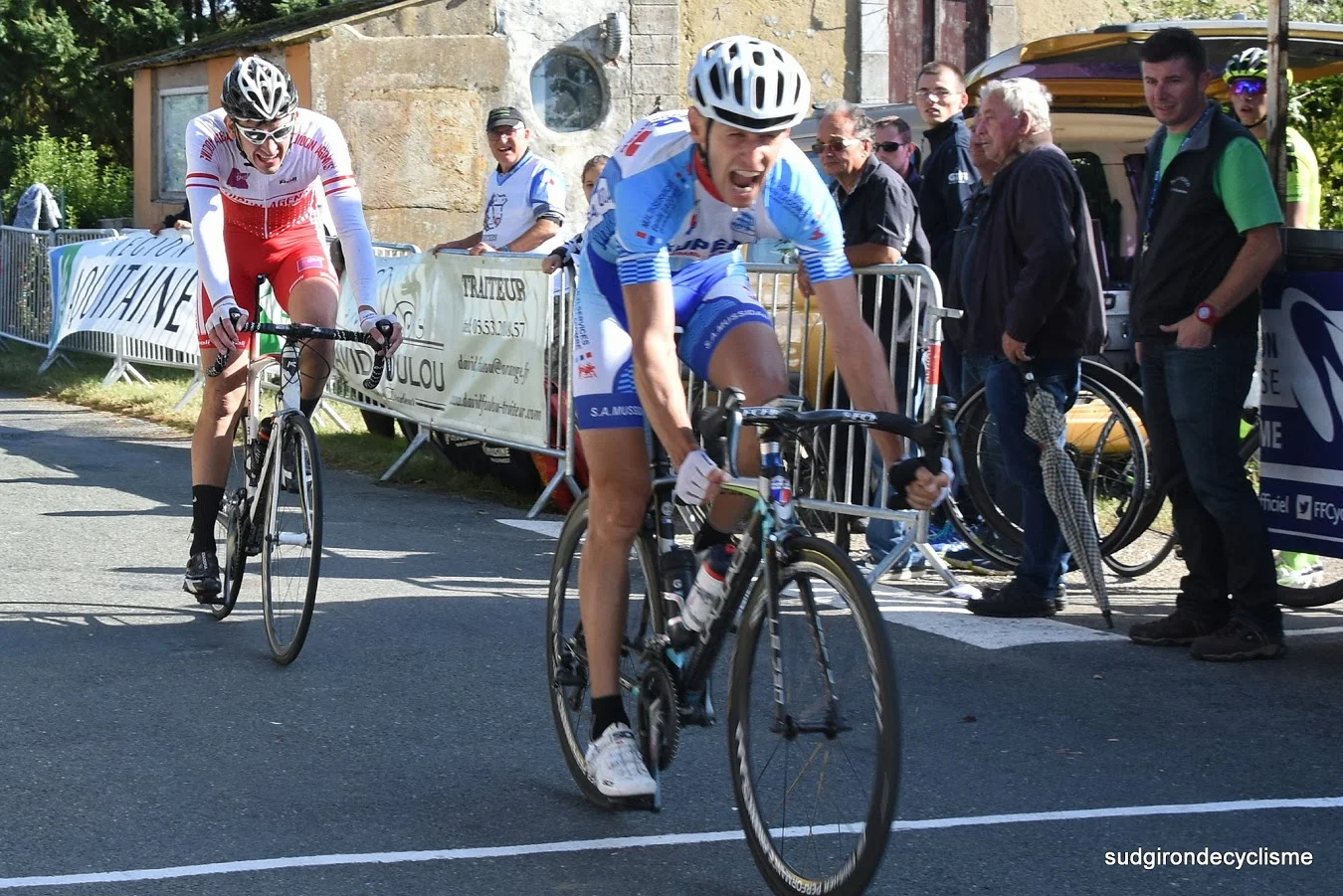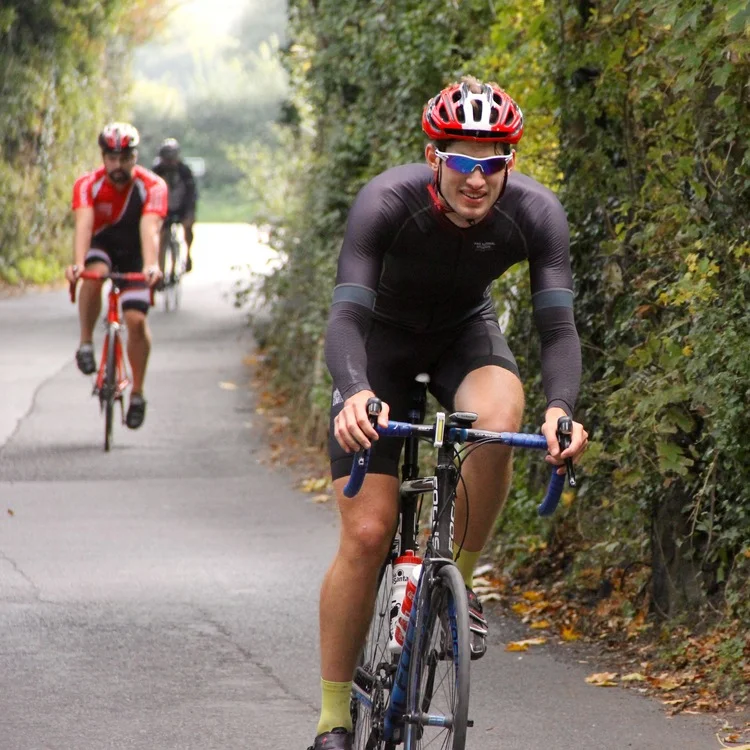This weekend an amateur, third Category, 43 year old bike rider was apprehended by a local gendarme in Dordogne, South West France. He was found to be competing in a junior race with a 250 watt Vivax motor in the seat tube of his bike that drives the bottom bracket.
Suspicions about the rider had meant that he had been tracked for some time because his “ability to climb hills was striking.”
Marc Madiot, the manager of professional cycling team, FDJ, summed up the ridiculousness of the situation when he commented, “It’s pathetic…All this to win two saucissons and three packets of chips.”
Cyril Fontayne's bike is checked
He had in fact won more than a couple of saucissons, pocketing up to €500 in prize money since competing with the motor-powered bike on five occasions since 21st August.
The arrest follows a similar offence committed by a 53 year old Italian rider who was also caught using a hidden motor in the frame of his bike after coming third in an amateur race in Bedizzole, near Brescia in July this year.
The French rider who was caught, Cyril Fontayne, a plasterer from The SA Mussidan club, told the prosecutor that he “wanted to compete on an equal footing” with other riders who were, “using various methods of doping.”
Cyril Fontayne, winning a race earlier this season (Photo courtesy of sudgirondecyclisme)
Amateurs’ willingness to dope, either mechanically or with the use of Performance Enhancing Drugs (PEDs) is becoming a worrying trend, and not just in cycling.
A BBC State of Sport investigation conducted in January of this year on over 1,000 British adults who are members of sports clubs, teams or gyms revealed that doping is rife in rugby, tennis, football, running, swimming, weightlifting and cycling. 35% of amateur sports people said they personally knew someone who has doped.
60% of the cyclists interviewed said that ‘PEDs’ are easily available, 45% said they knew someone who had used them and 14% admitted to taking anabolic steroids.
While Cyril Fontayne was motivated to win cycling races with his hidden motor for cash gain, most amateur cyclists don’t stand to gain any financial benefits when they dope. Why do they do it and why is it becoming so commonplace?
Fontayne's bike
The Guardian quoted reformed doper, turned anti-doping advocate David Millar in an article last year: “In the old days, you had to find out how to do it underground. Now anyone can hop on Google and get the same advice a team doctor used to get paid massive money for.”
But it’s not just advice. It’s incredibly easy to buy EPO, steroids, stimulants, powerful pain killers, and growth hormones through a couple of mouse clicks and a credit card. A recent Men’s Health article claimed that, “for £250 you can purchase a single, full strength injectable solution and syringe (of EPO) from a US site.”
The Guardian’s Simon Usborne describes a Californian biking scene of affluent, middle aged men with expensive kit who are determined to do all they can to reverse the signs of ageing and maintain their athletic abilities. Despite their encroaching years, amateur riders “increasingly employ pro trappings, including trainers, soigneurs and spare bikes…They spend 20 hours a week in training and want a return on their investment, whatever it costs.”
That “whatever it costs” was exemplified by the mystery cyclist called Thorfinn-Saasquatch, a serial KOM bagger on Strava. Despite being exposed as Nicholas Brandt-Sorensen, a former amateur racer who had failed a doping test who pleaded guilty to selling EPO to other riders, he still holds the top of the Mandeville Canyon leaderboard, a highly contested climb north of Santa Monica.
The Cycling Independent Reform Commission (CIRC) confirmed in a report for the UCI in 2015 that, “Masters races were said to have middle-aged businessmen winning on EPO, with some of them training as hard as professional riders and putting in comparable performances.”
At the start of 2016 UK Anti-Doping (UKAD) made public three cases of amateur doping in cycling out of only 44 tests conducted the previous year – all of them found in time trial competitors. One doper was a 46 year old and another was a 17 year old who had taken EPO.
The scary part of this is, not only are some of these amateur riders beating their rivals unfairly, but they are putting their own health and lives at risk. EPO was a drug developed to treat haemophiliacs by producing high levels of red blood cells, thus thickening up the blood.
Amateur riders “increasingly employ pro trappings, including trainers, soigneurs and spare bikes"
Testimonies of banned Tour de France riders detailed how they would have to sleep with alarm-rigged heart monitors in case their blood turned to a lethal sludge. They’d have to leap out of bed and spin on a stationary bike to keep their circulation going.
While hormones and steroids can strengthen muscles, bones and tendons in the short term, there can be serious long term effects including impotence, acne, balding, and ‘steroid rage,’ as well as stunting the growth of adolescents. More serious effects include heart and liver damage and increased risk of blood clots.
It can be easy to dismiss the likes of Cyril Fontayne who cheated for a couple of saucissons on his electric powered road bike. But his actions are an indication that amateur cyclists are prepared to risk both humiliation and prosecution in the pursuit of middle-aged glory. More seriously, it seems that there are legions of amateur riders who are also willing to risk their health.



































